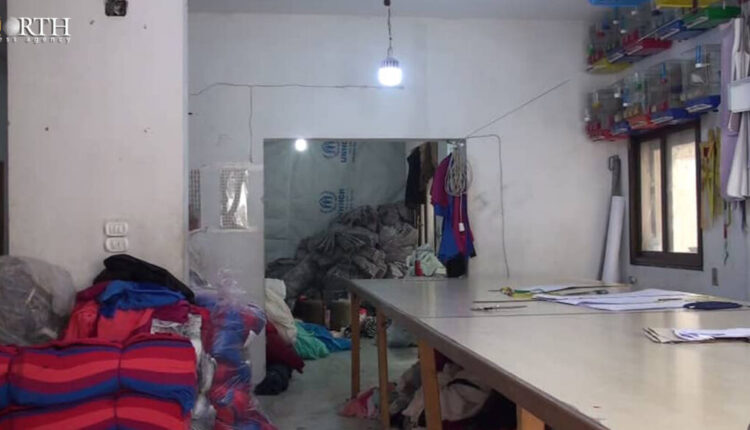
ALEPPO, Syria (North Press) – As fuel crisis in Syria has recently deepened, Firas Sarmini, 47, who owns a marble workshop, had to buy about 100 liters of diesel per day to keep the machines running.
However, later, the price of one liter of diesel has reached 16.000 Syrian pounds (SYP) on the black market, which made it impossible for Sarmini to buy.
Eventually, Sarmini had no choice but to close his workshop that is located in the industrial zone of Kallaseh neighborhood in the city of Aleppo after his losses increased due to the high prices of fuel and continued power outages.
The Syrian government-controlled areas have been suffering from almost complete loss of fuel in light of the high costs on the black market.
Due to power outage, Sarmini, like others, had to run his diesel generator for 8 hours per day. This meant that he needed 100 liters of diesel a day at a price of 700.000 SYP to be able to run his workshop.
Added to this, the costs of machinery repairs, taxes, and marble waste, all of which caused him losses, the matter pushed him to close the workshop.
As a result, more than ten workers were laid off, “We started to lose, production costs have become high and the sales declined,” Sarmini added.
Abdullatif Hamida, member of Aleppo Chamber of Industry, said they receive dozens of requests ever day from owners of workshops on the need to provide electricity or diesel to run their generators.
When the Chamber asks the competent authorities to prioritize industry with fuel quotas, the response is always limited indicating to the fact of fuel scarcity in the governorate.
The current circumstance pushed Hassan Hamada, 36, owner of a garment industry in al-Jabriyah neighborhood to sell his machines and equipment and hand over the rented property in preparation for traveling to Egypt.
With worsening fuel crisis, the people, including government employees, are facing difficulties in reaching their workplaces.
Days ago, the government issued a decision in which it reduced diesel allocations for cars and public transportation vehicles inside and outside the city by 30%.
